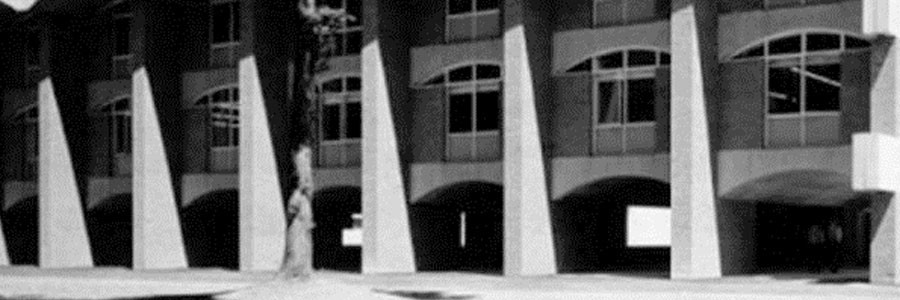By Toby Killeen
Hi! I am Toby and I’m a 15 year old schoolboy doing work experience in the School of Psychology at the University of Sussex. During the week I have worked all around the School. Here is a short summary of what I did.
On Monday I started off the day by being introduced to Professor Simner and her team at the MULTISENSE Lab, everyone seemed really engaged and friendly. The MULTISENSE lab studies how people integrate their 5 senses, and they also study a condition called synaesthesia which causes a kind of ‘merging of the senses’. However, I was quickly given the opportunity to spend an hour in WORD Lab with PhD student Nicola Fuller, where they study how children learn language. Here I observed a study looking at children’s (age 3-4 yrs) reconstructive memory for words: are words learned better when they’re presented within a repeated story, or within multiple different stories? This experience presented me with an interesting insight into the difficulties that researchers can face when working with children. The child that we were working with seemed to get a tiny bit bored with our stories towards the end but Nicola did a brilliant job keeping her engaged! This was followed by a short trip to the Biological and Clinical Neuroscience Group, where I was working with Dr Sarah King and one of her PhD students, Jonny Robertson. Here I observed genotyping as part of their research project into how certain drugs interact with dopamine receptors 1 and 2. After this, I joined a lab meeting that brought together the synaesthesia researchers who work with Professor Simner and Professor Ward. I gained an understanding of the process of colleagues critiquing and helping each other in their work in a constructive manner. This was followed by lunch and then back to work with a meeting at the Bridge Café where I met with Professor Samantha Cartwright-Hatton and was given a personal introduction to her research on the prevention of child anxiety and, on the transmission of anxious behaviour from parent to child.
On Tuesday I started work again with Professor Simner in the MULTISENSE Lab on my main project for the week, in which I helped code and transcribe data from a study of 3500 primary school children. These children (age 6-10yrs) have been tested for their multisensory abilities and their creativity. My role was to code the ‘creative activities’ task, which finds out whether each child in the study prefers activities that are overall creative (e.g., painting) or non-creative (e.g., swimming). The study aims to ask whether children high in multisensory processing (e.g., children with synaesthesia) are more creatively oriented. Following this I spent some time in the ChatLab (Children and Technology Lab) where I worked with MSc students and researchers transcribing conversations between children with autism spectrum conditions (ASC). This was part of a research project looking at how children with disabilities communicate via different media (e.g., Skype, face-to-face).
On Wednesday I spent the majority of my day continuing my work with Professor Simner and coding and transcribing creativity data. During this day I gained a real appreciation for all of the work that goes on in working for a PhD and the research that was involved as I was working alongside several of Professor Simner’s PhD students, including Louisa Rinaldi who is studying synaesthetic children. One PhD student, James Hughes, was very helpful in giving me a lesson on statistics in Psychology, and on the work that goes on in writing a paper for a scientific journal.
Thursday was mainly spent working outdoors with Dr Holly Root-Gutteridge in Stamner Park where we were testing dogs in an animal communication task. My role was to assist Dr Root-Gutteridge in running participants (gaining ethical consent from dog-owners to test their dogs, giving instructions, filming the dogs’ behaviour etc.). Her study is looking at whether dogs respond differently to noises made by puppies, piglets and babies, and she’ll be looking for dog-owners in Stanmer Park over the next 2 weeks. After this, I spent a small section of my time in the MULTISENSE Lab finishing off coding and transcribing data before I was rushed off to the Clinical Imaging and Science Centre where I observed a functional MRI scan co-ordinated by the PhD students of Dr Sophie Forster. This study was looking at internal and external influences on thinking and attention. In this, I was given a lesson on the structure of the brain, how an MRI scan works, the differences between an MRI, CT and a PET scan and I was shown the differences between brain-scans of somebody who has dementia, a healthy brain and somebody who has multiple sclerosis.
I would like to thank everybody at the University of Sussex and the School of Psychology that helped and accommodated me during my short stay at the University. The experience was one that I won’t be forgetting any time soon and it gave me such valuable insight and experience into life at University and the time and effort that goes into research. I would also like to especially thank everybody that I have mentioned in this short blog for allowing me to work with you and for giving me a unique experience that few people my age will have. You were so kind and helpful during my time at the University of Sussex. Thank you.


Leave a Reply